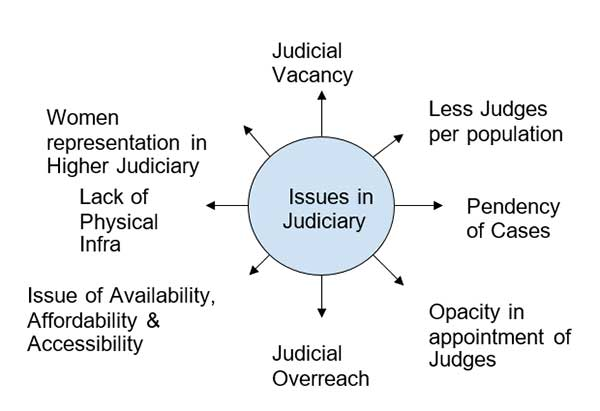Why in the news?
- A Supreme Court bench, led by Chief Justice DY Chandrachud, raised concerns over Karnataka High Court Justice V Srishananda’s inappropriate comments, including calling a Bengaluru locality “mini Pakistan.”
- Justice Srishananda apologised, and the SC refrained from further action, showing how even minor SC interventions send a strong message to judges.
About Impeachment as a Last Resort:
- The only way to remove a constitutional court judge is through impeachment, which requires a high level of political consensus, making it a rare process.
- Past impeachment attempts (e.g., Justice V Ramaswami and Justice Soumitra Sen) failed due to the challenging standards for proving “misbehaviour or incapacity.”
Judicial and Administrative Actions:
- The SC has developed alternative ways to discipline errant judges, including judicial action and transferring judges through the Collegium.
- In 2017, the SC held Calcutta HC’s Justice Karnan guilty of contempt, sentencing him to prison, while the Collegium has transferred judges like Justice PD Dinakaran to deal with corruption allegations, though this practice remains controversial.
About the Structure of the Criminal Justice System in India:
About:
- The criminal justice system ensures that offenders are held accountable and victims receive justice.
- It also guarantees that the rights of the accused are respected, ensuring fair treatment.
Main Pillars:
- Police:
- Investigates crimes, apprehends suspects, and enforces laws.
- Operates under state jurisdiction.
- Judiciary:
- Interprets the law and delivers justice in criminal cases.
- Comprises the Supreme Court at the federal level and High Courts in each state, with lower courts managing various cases.
- Correction System:
- Oversees prisons and jails, focusing on punishment and rehabilitation of offenders.
Sources Referred:
PIB, The Hindu, Indian Express, Hindustan Times




